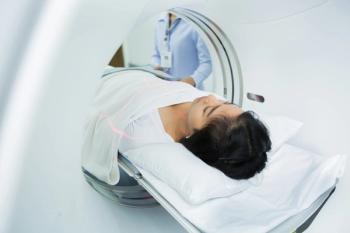
Hepatic CT/MRI Combination Costly But Improves LI-RADS Accuracy
Combined CT/MRI provides a more precise determination of LI-RADS category of hepatic observations.
Combining CT/MRI allows for a more precise determination of LI-RADS category of hepatic observations, but cost limits when it should be used, according to a study published in the journal
Researchers from Egypt sought to compare diagnostic performance and agreement between CT, MRI, and combined CT/MRI in reference to LI-RADS classification system to categorize hepatic observations detected in hepatic patients during screening ultrasound.
A total of 240 patients who underwent hepatic CT and MRI examinations, histopathology, and clinical and radiological follow-up, were included in the study. There were 296 liver observations detected during ultrasound surveillance. Using LI-RADS v2014, six radiologists evaluated the observations independently and assigned a LI-RADS category to each observation using CT, MRI and combined CT/MRI.
The results showed that combined CT and MRI in LI-RADS yielded better accuracy (91.29 percent), sensitivity (90.71 percent) and specificity (92.31 percent) for hepatocellular carcinoma (HCC) diagnosis than using MRI or CT alone; accuracy, sensitivity and specificity decreased to 85.37 percent, 86.34 percent, and 83.65 percent, respectively, for MRI and 67.6 percent, 54.10 percent and 91.35 percent, respectively, for CT. The intraclass agreement of the LI-RADS scores between CT, MRI and combined CT/MRI was excellent.
The researchers concluded that both CT and MRI are complementary to each other, but combined CT/MRI provided a more precise determination of LI-RADS category of hepatic observations. However, the high cost in relation to the minor increase in accuracy suggests that the combination should only be utilized in cases of suspected HCC.
Newsletter
Stay at the forefront of radiology with the Diagnostic Imaging newsletter, delivering the latest news, clinical insights, and imaging advancements for today’s radiologists.




























